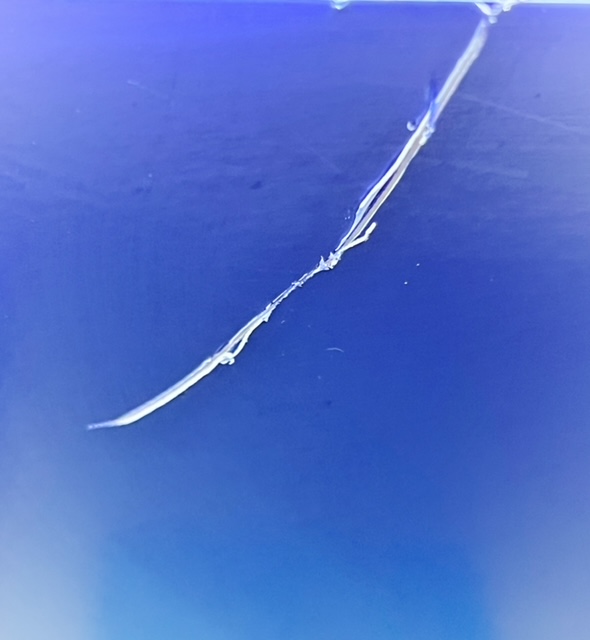 The Japanese technique of kintsugi involves filling cracks and chips in broken porcelain or pottery with gold, leaving the obvious in a more useable state.
The Japanese technique of kintsugi involves filling cracks and chips in broken porcelain or pottery with gold, leaving the obvious in a more useable state.
In the process of reparation, the once-broken object is transformed and becomes, again, useful.
The philosophy of the art itself is so applicable to the art of everyday living.
We are all broken, in places, the scuffs and cracks in our being becoming obvious more times than others. Some cracks are deep — running straight through to our foundation — while others are more superficial: lines on our face or breaks in the skin that need to be tended to.
Aren’t we all, on any dimension, in need of repair?
It is how we fill our cracks that make us whole.
The pursuit of a passion or personally fulfilling activity, time spent with loved ones, sole (or soul) meditation, the search or study of literature or prayer, are purposeful methods of filling the gaps.
These moments are golden.
We can become whole again by filling the spaces in our lives, however deep. In doing so, we become stronger.
As Leonard Cohen famously wrote: “There is a crack in everything, that is how the light gets in.”
Cracks have a purpose (kitsugi highlights this) but we need to be aware of the breaks in our patterns; in our time; in our lives.
The cracks remind us what needs to be tended to.
We incorporate our wounds into our presence.
It is the whole of our object, flaws and all, that provide the individuality of our personal beauty.
© 2023 j.g. lewis
Leave a Reply